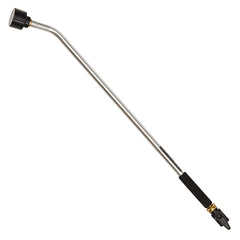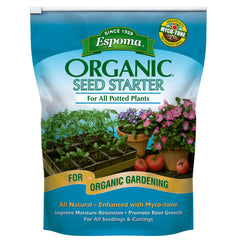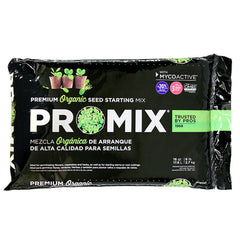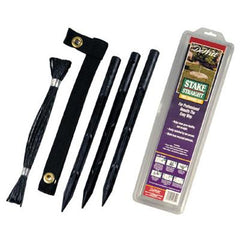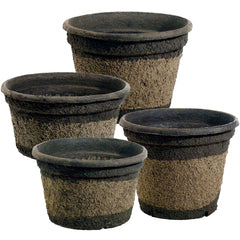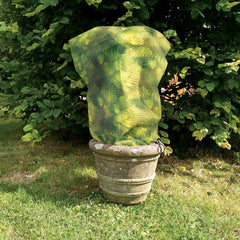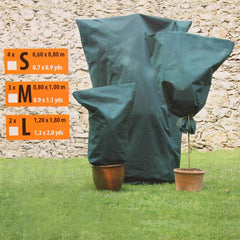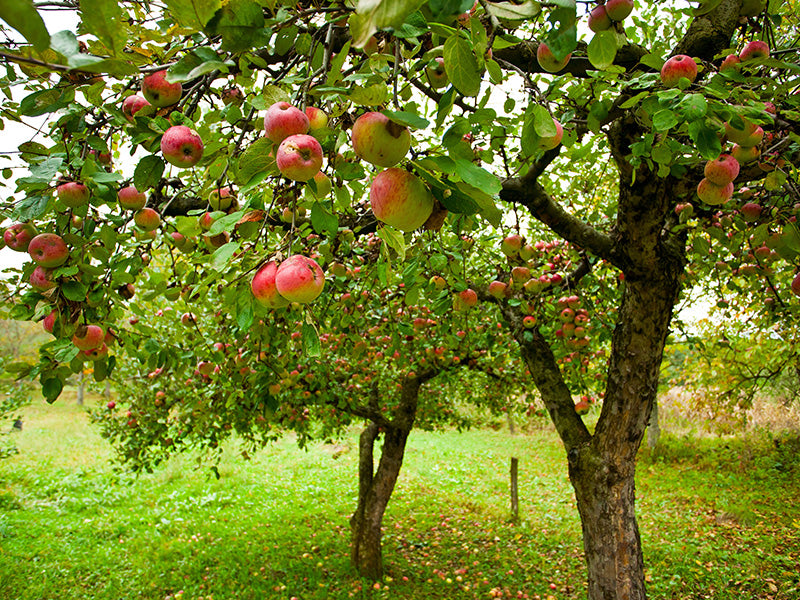
Tree
Apple Tree
USDA Zone: 3-8
Lifecycle: Perennial
Mature Size: 10–30 ft. tall
Native Region: Central Asia
Sunlight Requirements: Full Sun
Learn about: Care, Seeding, Planting and Potting, Feeding, Winterizing, Harvesting and Pruning

USDA Zone: 3-8
Lifecycle: Perennial
Mature Size: 10–30 ft. tall
Native Region: Central Asia
Sunlight Requirements: Full Sun
Learn about: Care, Seeding, Planting and Potting, Feeding, Winterizing, Harvesting and Pruning
Proper care ensures a healthy apple tree with abundant fruit. Water young trees deeply once a week, ensuring the soil remains moist but not waterlogged. Once established, trees require less frequent but deep watering, especially during dry periods. Mulching around the base helps retain moisture, suppress weeds, and regulate soil temperature.
Pest and disease management is crucial for apple tree health. Inspect leaves, branches, and fruit regularly for signs of pests like aphids, codling moths, and apple maggots. Apply organic or horticultural sprays as needed to prevent infestations. Keep the area around the tree clean by removing fallen leaves and fruit to reduce the risk of fungal diseases like apple scab or powdery mildew.
Starting apple trees from seed is an exciting way to grow your own fruit-bearing tree, though it requires patience. Apple seeds require stratification—exposure to cold temperatures for several weeks—to break dormancy. To do this, place seeds in a damp paper towel inside a sealed plastic bag and refrigerate them for 6–8 weeks. Once germinated, plant the seeds in a nutrient-rich seed starter mix and keep them in a warm, sunny location. As seedlings develop, transfer them into larger containers to support continued growth.
Whether planting in the ground or a container, use well-drained soil with a slightly acidic to neutral pH (6.0–7.0). If growing in a container, choose a pot at least 18 inches wide with drainage holes to prevent root rot. When planting outdoors, select a site with full sun exposure and space trees at least 15 feet apart to ensure proper airflow. Using a high-quality potting mix designed for fruit trees will help encourage strong root development. Repot or adjust soil conditions as the tree grows to support its ongoing health.
Apple trees need essential nutrients to thrive. Use a balanced fertilizer with nitrogen, phosphorus, and potassium to encourage fruiting and healthy growth. Fertilize in early spring before new growth emerges and again in mid-summer. Be cautious—over-fertilizing can cause excessive leafy growth at the expense of fruit production. For a natural alternative, mix organic compost or well-rotted manure into the soil to provide slow-releasing nutrients. Regular soil testing helps determine deficiencies, allowing for better nutrient adjustments.
Young apple trees are vulnerable to frost and winter damage. Wrap trunks with burlap or tree guards to protect them from extreme cold and pests. Apply a thick layer of mulch around the base to insulate roots and retain warmth. If growing in a container, move the tree to a sheltered location, such as a garage or greenhouse, during freezing temperatures. For trees planted outdoors, whitewashing the trunk with tree-safe paint prevents sunscald, a condition where fluctuating temperatures cause bark damage.
Pruning helps maintain tree health, shape, and fruit production. Prune in late winter or early spring before new growth starts, removing dead or diseased branches. Thinning crowded areas improves airflow and sunlight exposure, which enhances fruit development. Use sharp bypass pruners or loppers for clean cuts.
Apple harvesting varies by variety but typically occurs from late summer through fall. Ripe apples should be firm yet slightly yielding when pressed and easily twist off the branch. For longer storage, keep apples in a cool, dry place, or preserve them through drying, freezing, or canning.




